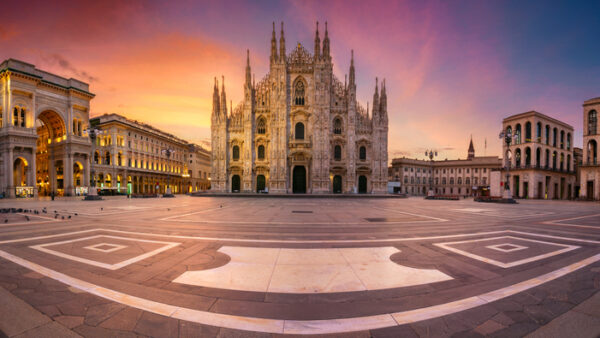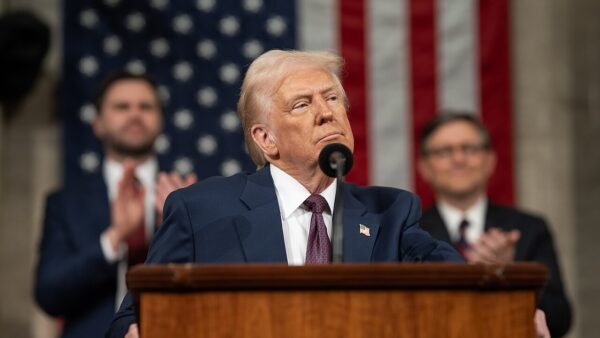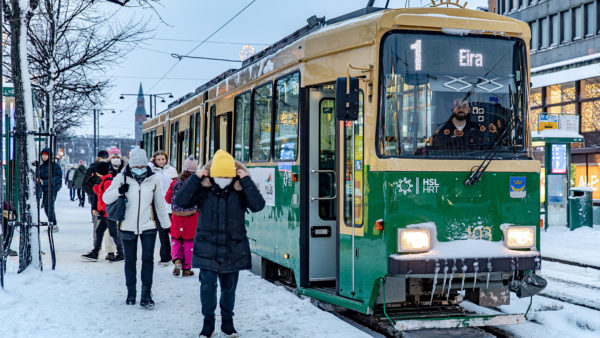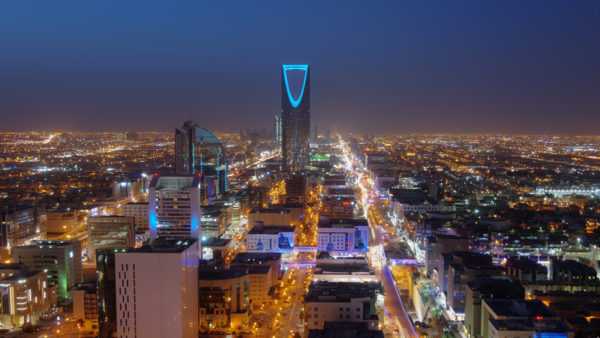21 June 2013
A new plan identifies major infrastructure upgrades that might help Myanmar fulfil its tourism potential. Rod Sweet reports.
If Myanmar continues down the path of economic, political and social reforms, international visitor arrivals are forecast to rise as high as 7.5 million in 2020 – a seven-fold increase from current numbers – with corresponding tourism receipts worth $10.1 billion.
Under this high growth scenario, by 2020 the tourism industry would be employing up to 1.4 million people.
To help achieve this attractive vision, a new tourism development master plan has been produced by Myanmar, the Asian Development Bank (ADB) and the government of Norway.
The Norway-funded plan outlines 38 development projects together valued at nearly a half billion dollars that are designed to boost Myanmar’s tourism competitiveness.
Suggested infrastructure projects include expanding Mandalay and Nay Pyi Taw airports, improving the Bagan river pier to accommodate more cruise ships, and building roads to tourist destinations like Ngapali beach and Inle Lake.
Education and training initiatives are included in the plan.
Myanmar’s 1993 Tourism Law will be updated to streamline licensing for hotels, restaurants, and tour operators. Regulations on gaming and labour will be reviewed.
Hot destination
Nearly half a million visitors arrived by air in Myanmar last year, with Thailand, China, Japan, the US, and the Republic of Korea making up the bulk of visitors.
France, Germany, Malaysia, Singapore, and the United Kingdom each accounted for about 4-5% of overall arrivals.
Another 465,614 visitors – mostly on day trips from Thailand – arrived via land borders.
Between 2003 and 2012, the average annual increase in international visitors was 6.6%.
But the year-on-year growth rate spiked sharply to 29.7% in 2012 when Myanmar surpassed the historic milestone of 1 million annual visitors.
The image of the country, a military dictatorship more or less since 1962, received a boost after democratic elections in 2010 and the release from house arrest that year of the democracy activist Aung San Suu Kyi.
In 2012, arrivals by air through the Yangon, Mandalay and Nay Pyi Taw gateways increased 66%, from 391,176 to 593,381.
“This master plan outlines a path to welcoming more visitors to Myanmar without threatening our unique cultural heritage or endangering pristine environments,” said U Htay Aung, Myanmar’s Minister for Hotels and Tourism.
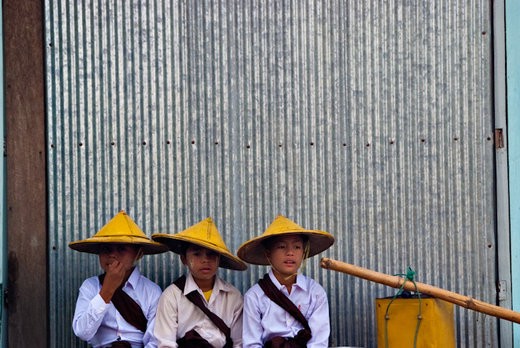
The image of the country received a boost after elections in 2010 and the release of activist Aung San Suu Kyi (ADB)
However, the Norwegian ambassador to Myanmar said that realising the full benefits of Myanmar’s tourism potential required strong political leadership and coordination.
“The Myanmar Tourism Master Plan provides a leading tool for the government of Myanmar to develop the sector in an environmentally and socially sustainable manner,” said, Katja Nordgaard. “The implementation of the plan will demand strong government leadership and coordination among a wide range of government agencies and state and regional governments.”
The master plan – available here – suggests establishing a tourism executive coordination board to coordinate the various tourism-related ministries, agencies, and federations.
Turning the lights on
While its tourism potential is interesting for the international construction market, in development terms Myanmar is still starting from a very low base.
A new report, published jointly by Accenture, Asian Development Bank (ADB), and the World Economic Forum, identifies energy as one of the most pressing challenges in Myanmar.
Nearly three-quarters of its people lack access to electricity, the report finds, and in rural areas electrification rates average only 16%.
The report says that without electricity and a reliable energy system, Myanmar has little chance of providing basic requirements for health, job creation, and sustainable development.
Coal and gas plants run at far below full capacity owing to poor infrastructure and maintenance.
Traditional biomass accounts 75% of Myanmar’s primary energy supply. Fuel wood harvested from natural forests makes up 90% of traditional biomass, which poses a threat to environmental sustainability.
Myanmar’s proven natural gas reserves of 7.8 trillion cubic feet are significant but do not meet local demand due to contracts for the export of the gas to Thailand and China.
Foreign companies are increasingly taking an interest in oil operations, with 75 expressions of interest received for tenders released in January and April 2013.
The report calls on Myanmar to develop different sources of domestic energy, including renewable sources, and to expand and modernise the electricity grid.
The country also needs a clear environmental regulatory framework to support sustainability and social acceptance of large energy projects in Myanmar. This would also increase transparency for investors, the report said.

